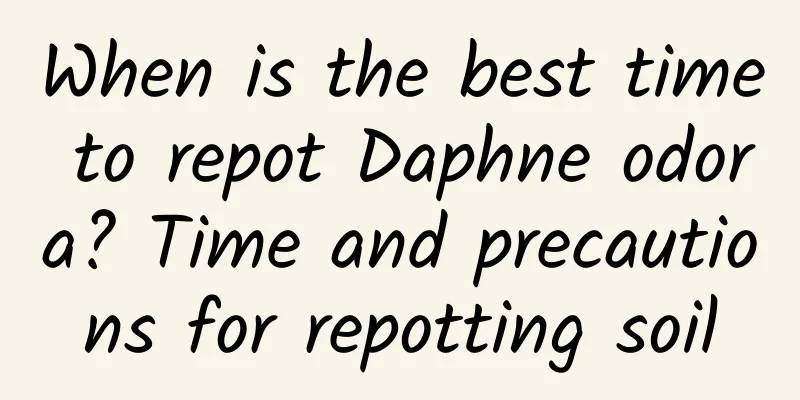7 Phalaenopsis cutting methods

|
Phalaenopsis is famous for its graceful flowers and is known as the "Queen of Flowers" and is deeply loved by people. Its propagation method is relatively simple, mainly by cuttings. Below I share with you 7 methods of Phalaenopsis cuttings. 7 Phalaenopsis cutting methods 1. Flower stem cutting method Choose the stalks of Phalaenopsis flowers that have already bloomed, cut off the parts with healthy flower stem nodes, each section is about 4-5 cm long, remove the inflorescence at the top and insert it into the orchid soil. 2. Leaf cutting method Select healthy leaves from the Phalaenopsis plant, cut them off and cut them into small sections 3-4 cm wide. Then plant the leaf cuttings into orchid soil, keep it moist and place it in a bright environment. 3. Bud cutting method Cut small branches with buds from the side buds of the Phalaenopsis plant and insert them into the orchid soil. 4. Hanging cutting method Hang the entire Phalaenopsis plant in a well-ventilated and well-lit environment and wait for it to sprout new buds. Then cut off the buds and carry out cuttings. 5. Flower axis cutting method Keep the flower axis of Phalaenopsis that has finished flowering and wait for it to form seedlings, then cut it and use it for cuttings. 6. Air lamination method Select the side leaves of the Phalaenopsis plant, make a few small holes in the leaves, apply rooting powder, and fix them in the air above the orchid basket or other container with a thin wire or plastic clip to keep the leaves moist. 7. Petiole cutting method Cut off the petiole of the Phalaenopsis plant and apply rooting powder on the cut. Then insert the petiole into orchid soil, keep it moist and place it in a bright environment. Phalaenopsis cutting precautions 1. Cutting time It is best to propagate Phalaenopsis by cuttings in spring or autumn when the temperature is moderate, which is conducive to the growth of seedlings. 2. Cutting medium When Phalaenopsis is propagated by cuttings, you should choose a well-breathable and loose substrate, such as a mixture of orchid soil, sphagnum moss, coconut bran, bark and other materials. 3. Keep the environment moist After cuttings, keep the environment relatively moist. You can cover it with a transparent plastic film and spray water every day to maintain humidity. 4. Do a good job in maintenance management Maintain suitable temperature and humidity, avoid direct sunlight, check the root growth regularly, and adjust the water supply as needed. 5. Beware of pests and diseases Pay attention to the conditions of the seedlings, and promptly detect and deal with possible pests and diseases. In general, Phalaenopsis cutting propagation is a common asexual propagation method, which can be carried out through different cutting methods, such as flower stem cuttings, petiole cuttings, etc. But no matter which method is used, the key points and precautions of cuttings must be mastered, which will help improve the survival rate.
|
<<: Corn Disease Pictures and Prevention
>>: Complete picture and prevention of corn seedling diseases
Recommend
How to water the lucky charm
Watering time The lucky charm plant likes a humid...
How to treat crucian carp’s tail rot?
Crucian carp is one of our common freshwater fish...
How to deal with rose false sprouts (what to do if rose cuttings do not take root)
This phenomenon of false life often occurs in ros...
Black Master potting precautions
Black Master potting precautions On average, the ...
Soilless cultivation method of strawberry
1. Preparation of cultivation facilities Soilless...
How to grow small fruit persimmon bonsai
1. Breeding environment 1. Soil: Loose soil can b...
How to grow Calla Lily in water
Shallow tray water culture method This method is ...
Causes and treatments for yellowing leaves of Hosta
1. Unsuitable soil Reason: The soil for planting ...
How to grow banyan bonsai
1. Lighting Banyan bonsai has a unique shape and ...
The difference between the couple begonia and the liger begonia
1. Different leaves The leaves of the Crabapple T...
How to plant water spinach by cuttings
Water spinach is a very popular vegetable . It ha...
The Difference Between Papaya Tree and Papaya Begonia
1. Difference in appearance The papaya tree is a ...
The difference between Alpinia serrulata and Amomum villosum
1. Difference of blades The leaves of Alpinia gla...
Symbolism of olive flowers
Olive tree as national flower Olive flower is the...
What are the ways to reproduce mirror grass?
Mirror grass propagation method: sowing Flower lo...









